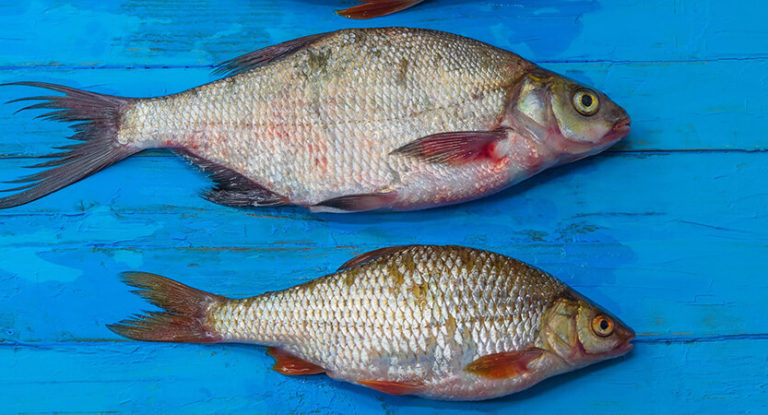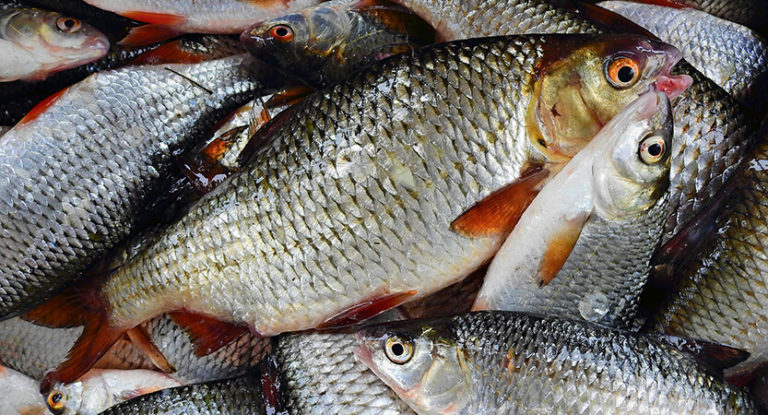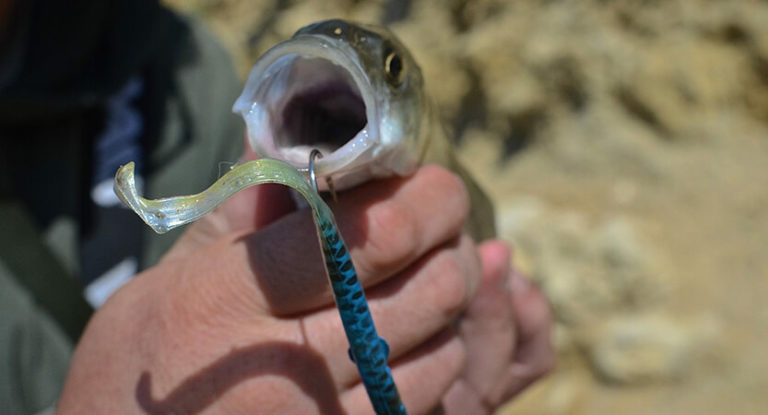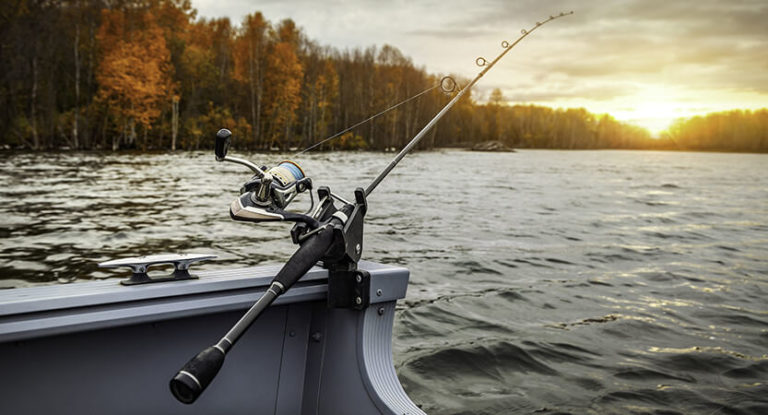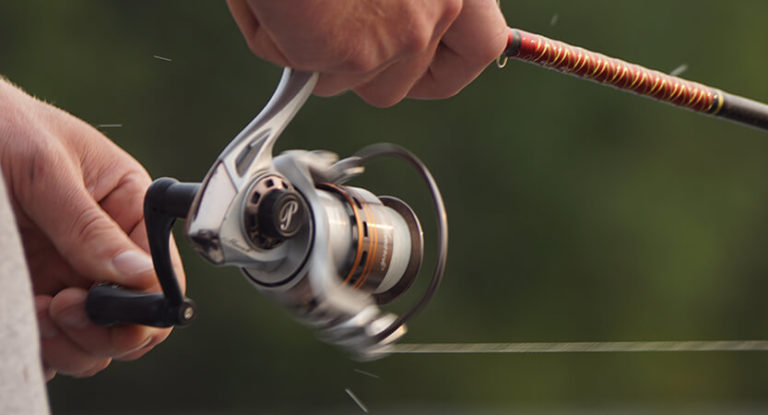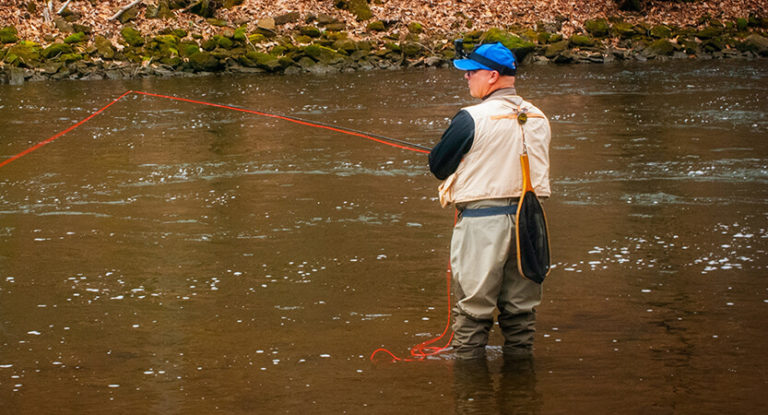Sea fish, outwardly similar to freshwater zander, but not related species. This is a fairly large genus of marine fish, numbering about 12 subspecies, but differing slightly from each other. Fishermen, as a rule, do not share these fish among themselves and everyone is called snook or robalo.
Here is an overview of the content of this tutorial, feel free to jump to any section you care about:
For more fishing instructions, take a look at these popular Trizily links: Mackerel Fishing.
Snook Fishing
Characteristics of snook
Types of Robalo are divided into three groups: American Robo, African-Asian lathes, Asian ambasses. Actually, American snobs are shyly divided into Pacific and Atlantic. Three popular types can be called: comb, black and thick robalo. The smallest species is considered a long-spiked robalo, its weight reaches 1 kg and a length of 30 cm. For all species, the main features are similar: the head is large, strongly flattened, the lower jaw stands forward, a large number of sharp teeth are in the mouth. On a light body, a dark side line is very noticeable. All snooks have two dorsal fins that touch each other.
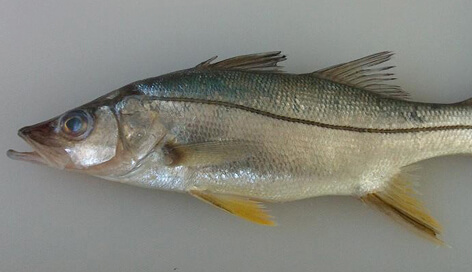
Robalo are large, aggressive predators. Weight can reach more than 20 kg and length more than 1 m. The usual sizes of trophies reach a length of about 70 cm. A peculiarity of the behavior of snooks is that they actively eat in the coastal zone and are excellently caught when fishing from the shore for amateur gear. Fish is quite widespread, it is a commercial species, in addition to sea water, it lives in the brackish waters of estuaries and the lower reaches of rivers. Snook are susceptible to water temperature, when lowering below 280C they can go to more comfortable places. Due to the gluttony of this fish, you can quickly adapt to the habits and successfully independently fish.
Reproduction habit of snook
Spawns in summer, near estuaries and in brackish waters. In the spawning period, forms large clusters.
Snook fishing guide: Techniques, bait and gear
Snook fishing techniques
Robalo is an active, near-bottom predator that takes both moving and motionless natural baits. Related to this are fishing methods. To the list of traditional amateur tackle for fishing in fishing tours (fly fishing, spinning) are added more float and bottom rods. Because the snook prefers to hunt in the coastal zone, mangroves and estuarine zone, it is much easier for fishermen accustomed to fishing in small ponds, fishing to adapt to it than other fish on the expanses of tropical seas. Like most coastal marine predators, snooks are especially active during high tides, as well as at night.
Spinning for snook
When choosing gear for fishing on a classic spinning rod for fishing, it’s advisable to proceed from the principle: “trophy size – bait size”. An important point is that snooks are caught from the shore, walking along the sandy beaches. Various vessels are more convenient for fishing on a spinning rod, but even here there may be limitations related to fishing conditions. Snook stay in the lower layers of water, but they also catch them on poppers. The most interesting fishing is the classic bait: spinners, wobblers and more.
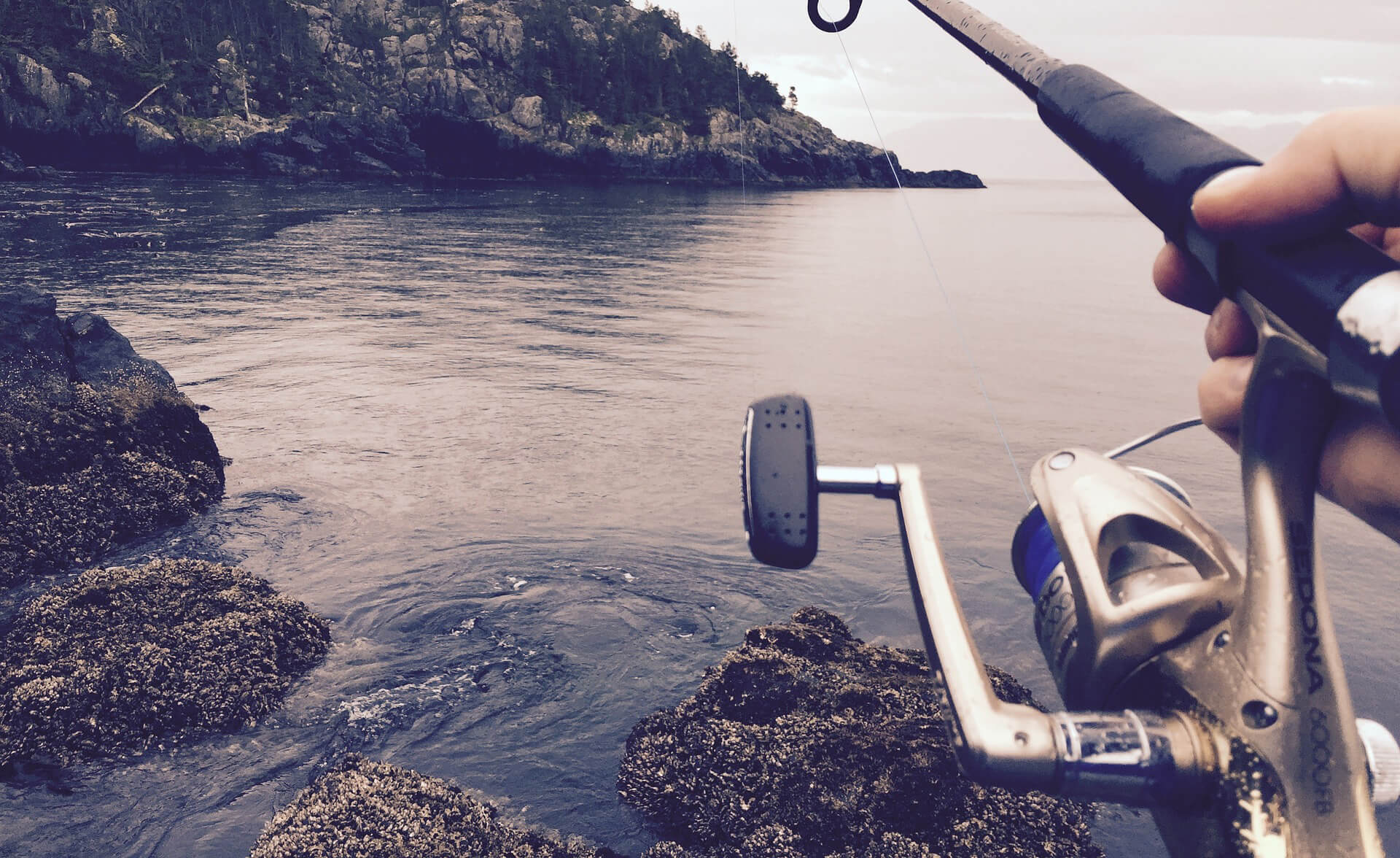
Reels should be with a good supply of fishing line or cord. In addition to a trouble-free brake system, the coil must be protected against salt water. In many types of marine fishing techniques, very fast wiring is required, which means a high gear ratio of the winding mechanism. According to the principle of action, the coils can be either multiplier or inertia-free. Accordingly, the rods are selected depending on the reel system. When fishing for spinning sea fish, the fishing technique is very important.
Fly fishing for snook
Snook is actively caught on sea fly fishing. In most cases, you should check the size of possible trophies before the trip. As a rule, “universal” can be considered one-handed fly fishing equipment of grades 9-10. Enough large baits are used, therefore it is possible to use cords a class higher, corresponding one-handed sea fishing rods. Volumetric reels should correspond to the class of the rod, taking into account the fact that at least 200 m of strong backing should be placed on the spool.
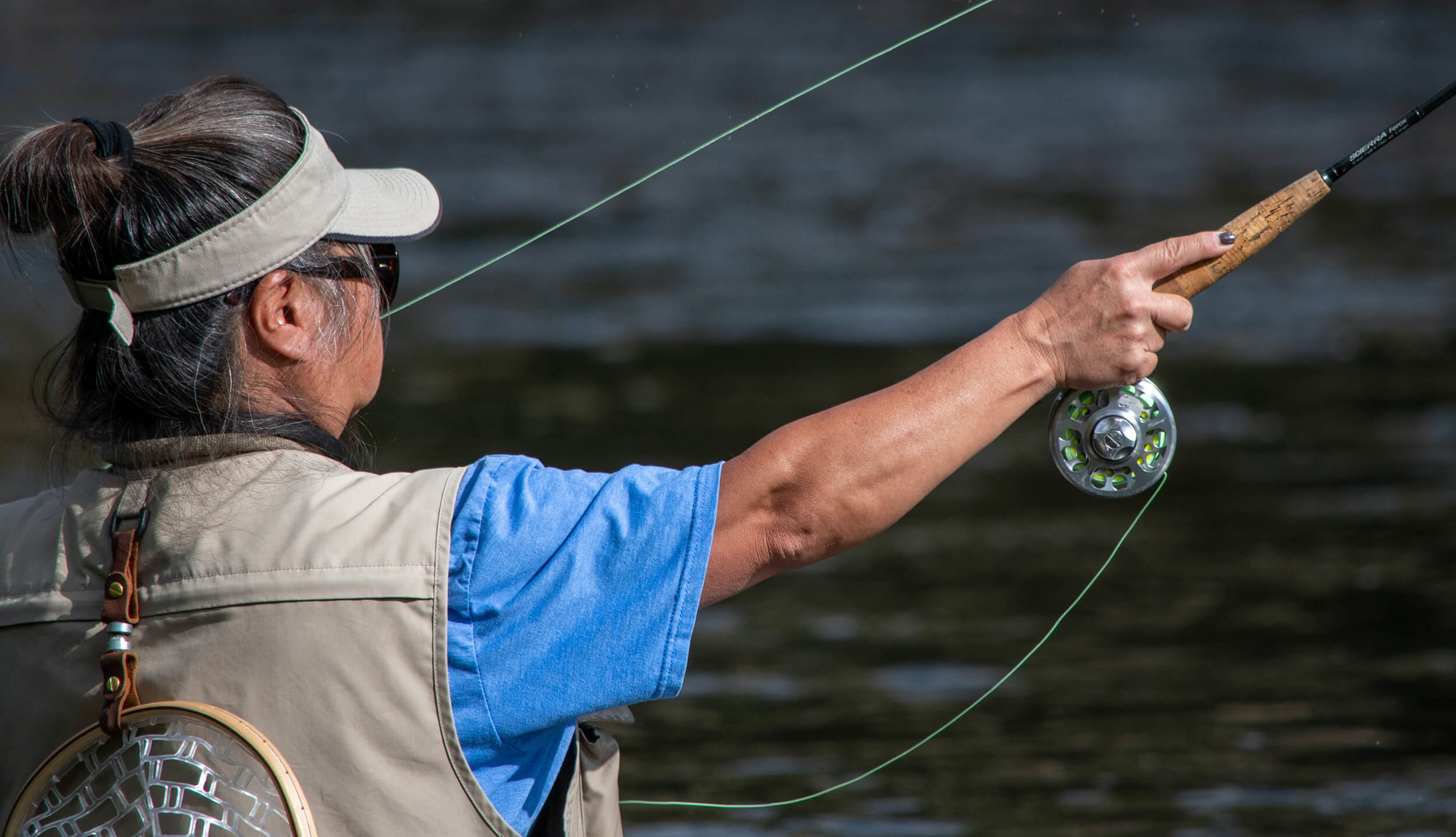
Do not forget that the gear will be exposed to salt water. Especially this requirement applies to reels and cords. When choosing a reel, it is worth paying special attention to the arrangement of the brake system. The friction clutch should not only be as reliable as possible, but also protected from salt water entering the mechanism. During fly fishing on sea fish and, in particular, on snook, a certain technique for controlling the bait is required. Especially at the initial stage it is worth taking the advice of experienced guides. Very emotional fishing when catching snooks on a popper.
Snook fishing bait
Various baits are used for fishing on spinning gear, wobblers and their modifications are considered the most popular. Including various surface models. The same applies to fly fishing lures. For fishing, a large number of different volumetric imitations of fish and crustaceans are used. Very often, the most effective are considered superficial in the style of “popper”. Often they offer fishing for snook with the help of simple snap-ins with bait from natural baits: small fish, pieces of fish fillet, clam meat or crustaceans, sea worms.
Where to catch snook
Snook (American robalo) is common off the coast of Central America on both the west and east coasts. Subspecies occupy different ranges, but intersect with each other. A combed robalo lives off the coast, in the basins of both the Pacific and Atlantic oceans. They prefer to stick to sandy beaches, as well as brackish lagoons and estuaries. In addition to America, the genus of the Robalo genus is distributed from the African coast to the Pacific islands.

